#80 November Status Report
November 21, 2013
The Big Train Project Status Report (Part 80)
This month we’ll look at two things of note on the EnterTRAINment Junction (EJ) layout. The first is the variety of camouflage methods used to hide switch machines (the actuators that set the points of turnouts). The second is the latest major scenic feature to be added to the layout.
In the Early Period, at the town of River Bend, where the two trains running in opposite directions pass each other at the town’s station, the operating computer-controlled switches are the key to making that pass possible. In that location, the best place to hide the switch machines is under the layout with only the actuating wire coming up “above ground” to the switch (Figure 1). That’s because there is little reason to have an above-ground structure adjacent to the switch to hide the actuator. The below-layout location makes installation and maintenance more difficult, but that situation was judged to be acceptable in exchange for the greatly improved appearance.
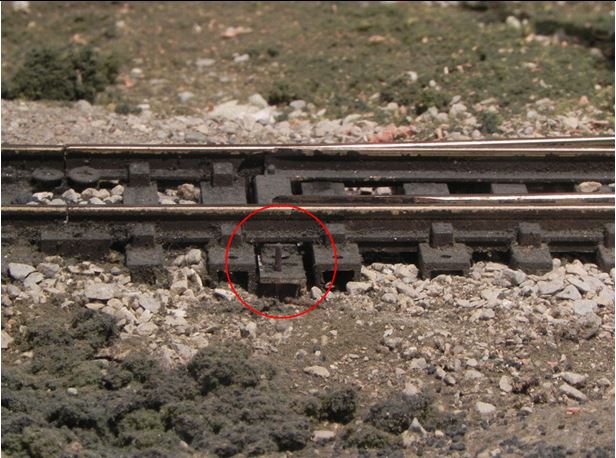
Figure 1: Very Well Hidden Actuator Installation
In the Middle City, across the tracks from the Soda Shop, is a very simple shed with corrugated metal sheathing that fits very unobtrusively into the scene (Figure 2) and very effectively hides the actuator for its adjacent switch.
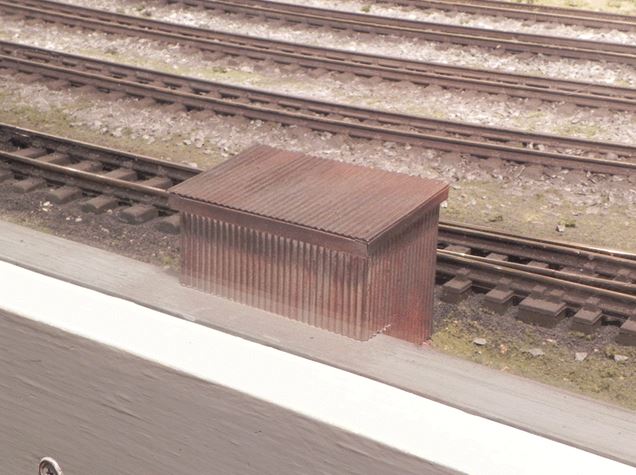
Figure 2: Simple Actuator Cover
In the Middle Period engine servicing facility, the switchman’s shanty is a perfect cover (Figure 3), but that model takes a bit more work to construct, detail, and light.
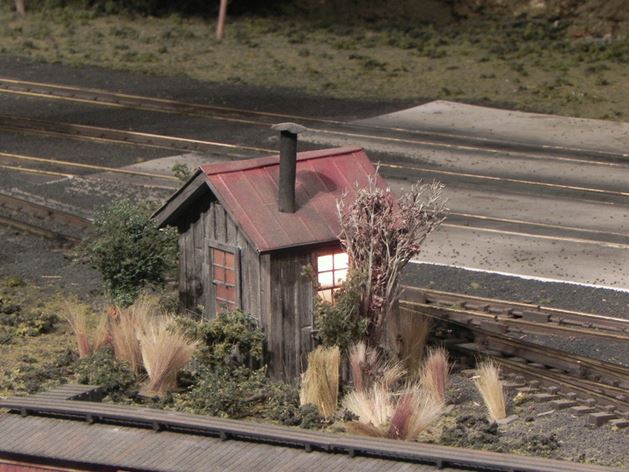
Figure 3: Fancy Actuator Cover
In the Modern Industrial Area, another simple shed in a more modern style provides a very credible camouflage device, with only the control rod visible, but just barely (Figure 4).
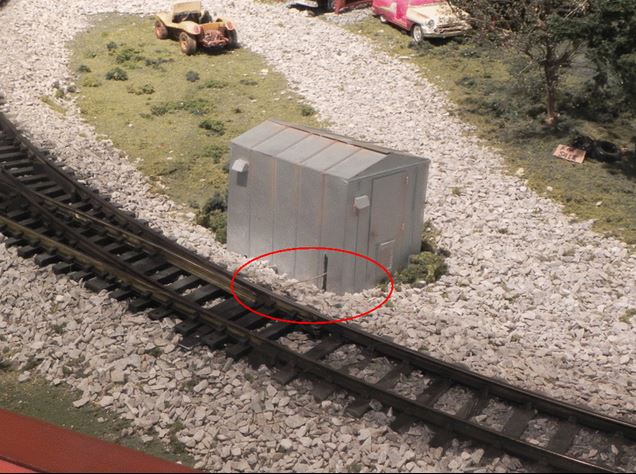
Figure 4: Easy to See Actuator Rod
The second item of interest is a scenic element that completes the scenery on the mezzanine. It’s across the aisle from the Middle Period engine servicing facility (Figure 5).
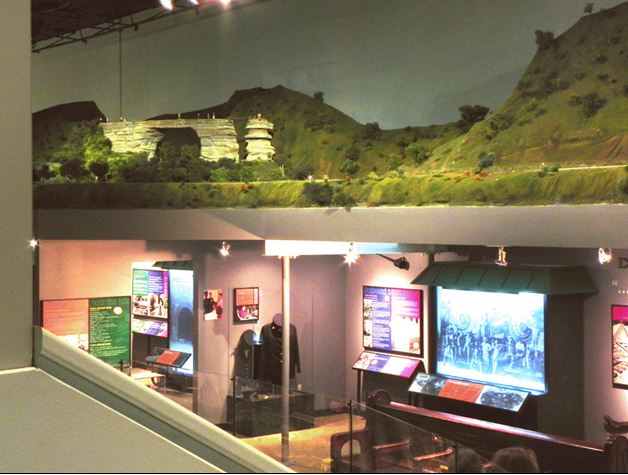
Figure 5: Completion of the Mezzanine
It’s a replica of Kentucky’s Natural Bridge (Figure 6). It’s made of carved foam, but looks very much like the rock it represents.
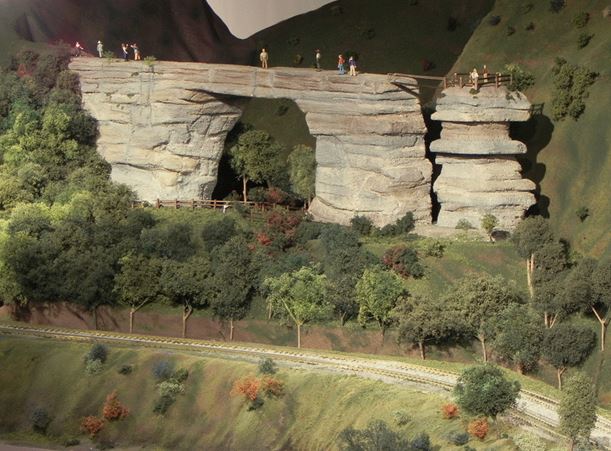
Figure 6: Natural Bridge
Whether hiding elements that shouldn’t be seen or incorporating scenic features which are meant to be recognized, the layout’s modeling presents a wide variety of concepts that enhance both the quality and the appeal of the model.
© 2013 Tom Bartsch
MVGRS Big Train Project Coordinator

 Tickets
Tickets Parties
Parties Shop
Shop Directions
Directions